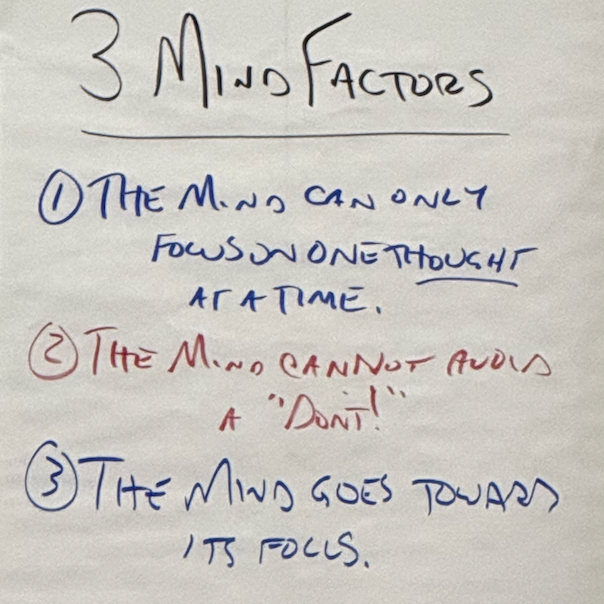(Read Part 1: Deep Alignment)
In part two of the Leading Change series with Craig Ross from Verus Global, we explore how to lead with greater self-awareness and intentional focus. We learn how the mind reacts to pressure, how emotions shape our reality, and how to shift energy from blame to action using the Event Energy Map—a practical tool to help build ourselves and others a shared reality.
Stay Focused in High-Stakes Conversations
- The mind can focus on only one thing at a time. Multitasking is just switching quickly between tasks—it actually slows us down. Focus is what makes us effective.
- The mind can’t avoid a “don’t”: Telling someone not to do something often makes them focus on it more. Instead as leaders, avoid constraints and provide clear, positive direction.
- The mind moves toward what it focuses on: If we’re busy trying to be heard, we’re not listening. What we focus on shapes how we show up.
Emotions Shape Our Beliefs
In any situation, we base our reality based on three broad factors:
- Emotions: what we are feeling at a given moment.
- Focus: what we are trying to move forward.
- Beliefs: what we hold to be true.
Unchecked emotions can twist our focus and beliefs. For example, frustration can turn helpful feedback into a threat. Being aware of what we’re feeling helps us stay grounded and open.
Cross Functional Execution With Event Energy Maps
Every event or situation lands us in one of three zones of mental energy:
- The back side (negativity): We focus on problems, blame others,
complain about what’s broken, or feel like nothing will work. This
zone can be helpful for venting if we move on quickly —don’t stay
stuck here. Some productive questions to ask:
- “What concerns you about this project?”
- “What’s frustrating you right now?”
- “What do you feel is broken?”
- Middle (neutral): We focus on facts, data, and honest
observations. This is where we build shared understanding and have
real conversations without judgment. Some productive questions to
ask:
- “What do we know for sure?”
- “What does the data tell us?”
- “What’s really happening vs what we assumed?”
- The front side (forward): We look for solutions, highlight what’s
working, and focus on goals and action. This is where we get
buy-in, make decisions with clarity, and move plans forward. Some
productive questions to ask:
- “What can we do next?”
- “What’s already working that we can build on?”
